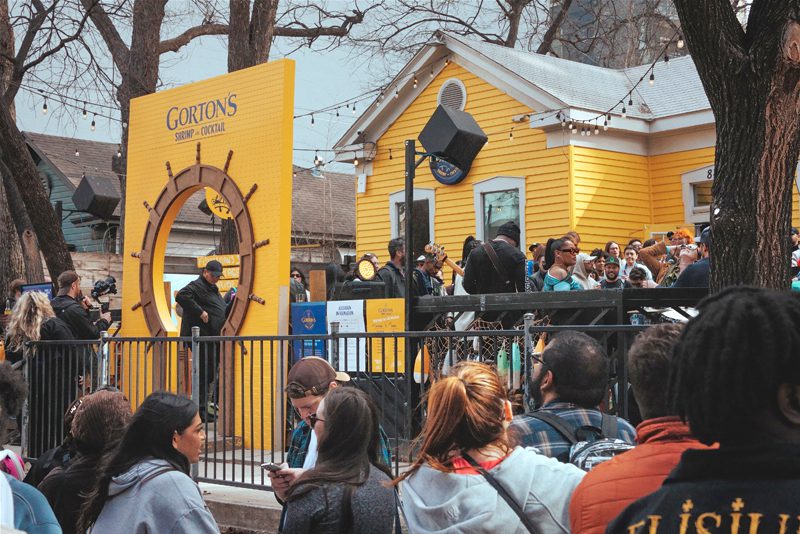The American Society for the Prevention of Cruelty to Animals has kicked off a $1 million-plus rebranding effort with outdoor and print advertising in the New York metro area.
Created by Saatchi & Saatchi, the campaign centers on the ASPCA’s cruelty prevention efforts. The blast began Oct. 1 with kiosk and bus advertising and print ads in local publications like The Onion and The Village Voice, and in The Wall Street Journal online.
The headline urges readers, “Speak. For Those Without a Voice.” The tagline: “Whatever you can imagine, we’ve seen worse.”
A microsite address (www.aspcaspeak.org), is featured in the ads and on orange wristbands available for $1 online. In addition, 50,000 wristbands will be given out on the streets of New York this month to raise awareness, said Jo Sullivan, the ASPCA’s senior vice president for development and communications.
The main Web site (www.aspca.org) also was revamped this month, with a new logo and an orange-and-gray color scheme. Some 750,000 members will begin seeing the new creative in collateral and mailings early next year, after the organization has used up existing materials.
The ASPCA will celebrate its 140th anniversary in 2006, said Sullivan, who felt it was vital to update the look and feel of the group’s marketing.
She said a study of donors, non-donors and “pet parents” showed the ASPCA was highly recognized for its animal cruelty prevention efforts, which was good. What wasn’t good was its work often was confused with that of other animal protection organizations.
The similarity of creative across related nonprofits was striking, she said, noting the prevalence of paw prints, pictures of cute puppies and kittens and the use of the color blue. “We needed to differentiate.”
In addition to the new logo and color palette, the ASPCA created a first-ever style guide for font use. To date, four versions of the old logo were being used by various divisions. It also created guidelines for how animals should be portrayed in marketing materials. Dogs, for example, should always be shown wearing collars, while cats should be shown indoors. If felines are depicted in an outdoor setting, they should be on a leash.
No new television commercials are being created as part of the campaign. Instead, existing DRTV spots will be reworked to include the updated logo and image.
A main goal of the rebranding is to create a new pool of prospects for the ASPCA to draw from, said Sullivan. She observed that the animal welfare donor universe gets a little incestuous at times.
“Our best list is the Humane Society of the United States, and I’m sure it’s the same with them,” she said.
Studies show that animal welfare and environmental concerns combined net only 2.9% of the public’s nonprofit contributions, meaning prospecting is key. Sullivan is hopeful the campaign will draw visitors to the microsite, as about 7% of those who register on the main site convert to membership. She’d like to see that number rise to 10% or 11%.
Saatchi & Saatchi donated time for the campaign. Most spending will go for media buys and collateral. Sullivan hopes the ASPCA will benefit from remnant space toward the end of October to make the estimated $750,000 media spend go further.
Separately, Sullivan said the ASPCA has raised more than $12 million so far to aid animal shelters destroyed by Hurricane Katrina, and to help reunite lost animals with their owners in the affected areas. The organization’s initial goal for hurricane relief was $2 million.
 Network
Network

